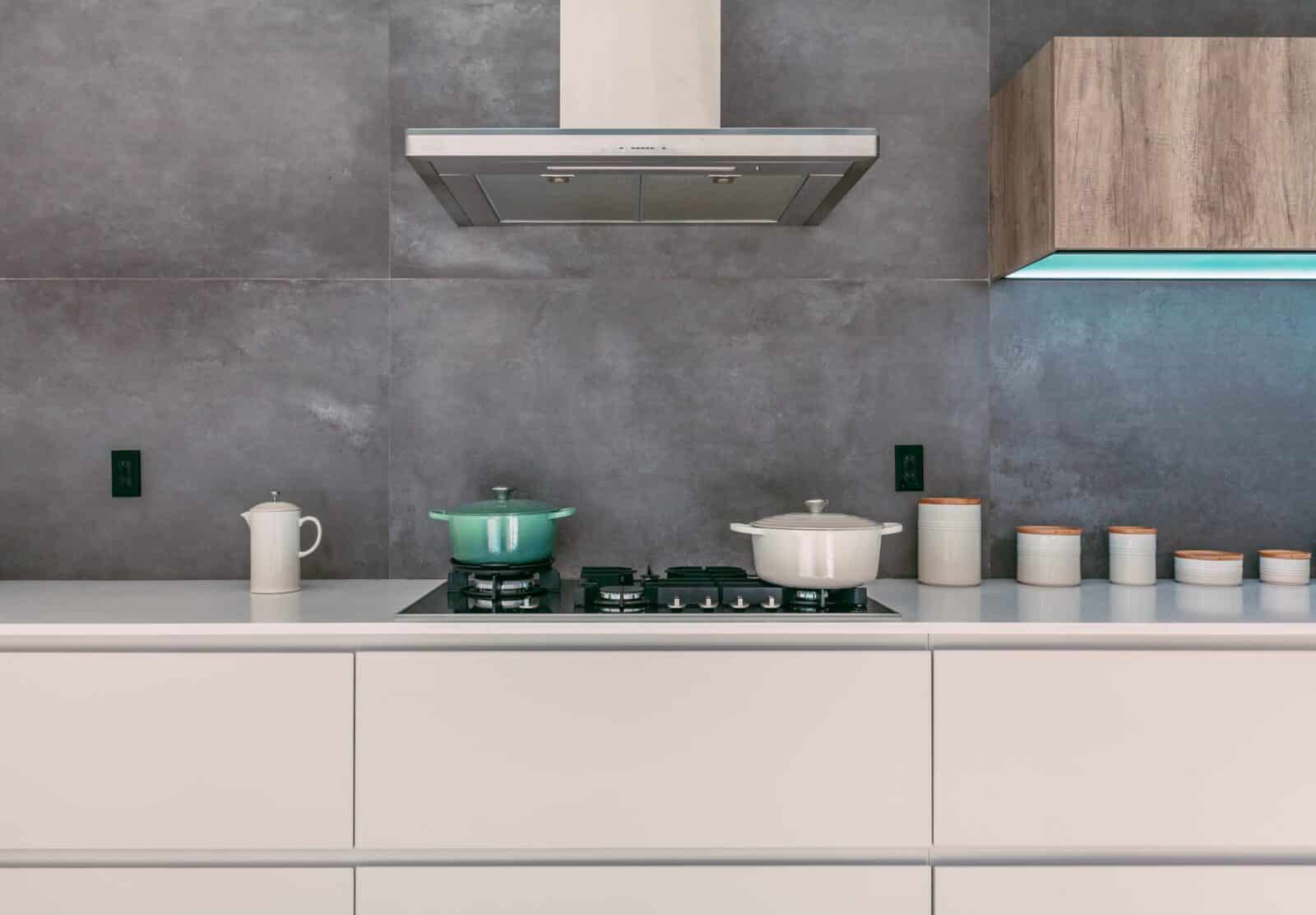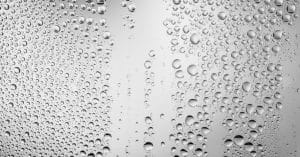As a restaurant owner, you know that keeping your kitchen clean and safe is crucial to the success of your business. One of the most important things you can do to maintain a clean and safe kitchen is to clean your grease trap regularly. A grease trap is a crucial part of your plumbing system that prevents fats, oils, and grease (FOG) from clogging your pipes and causing a host of other problems. In this step-by-step guide, we’ll show you how to clean a grease trap and keep your kitchen running smoothly.
1. What is a Grease Trap?
A grease trap, also known as a grease interceptor, is a plumbing device that captures fats, oils, and grease (FOG) from the wastewater in your kitchen before it enters the sewer system. Grease traps are essential for preventing FOG from clogging pipes, causing sewer backups, and polluting our waterways.
2. Why is Cleaning a Grease Trap Important?
Cleaning your grease trap is essential to prevent FOG from building up and causing blockages in your pipes, leading to costly plumbing repairs. Additionally, a dirty grease trap can create an unpleasant odor and attract pests, which can negatively impact your restaurant’s reputation.
3. How Often Should You Clean Your Grease Trap?
The frequency of grease trap cleaning depends on the size of your trap and the amount of FOG your restaurant produces. In general, it’s recommended to clean your grease trap every three months. However, some restaurants may need to clean their traps more frequently. It’s best to consult a professional for guidance on how often to clean your grease trap.
4. What You’ll Need to Clean Your Grease Trap
Cleaning your grease trap requires a few tools and materials. Here’s what you’ll need:
- Rubber gloves
- Safety goggles
- A plastic scraper
- A bucket
- A grease trap pump or a wet/dry vacuum
- Degreaser
- A stiff-bristled brush
- A hose with a high-pressure nozzle
5. Step-by-Step Guide to Cleaning Your Grease Trap
Step 1: Turn off the Power
Before you start cleaning your grease trap, turn off the power to the trap. This will prevent the trap from filling up with water and making the cleaning process more difficult.
Step 2: Remove the Lid
Use a screwdriver to remove the lid from the grease trap. Set the lid aside in a safe place.
Step 3: Scoop out the Grease
Use a plastic scraper to scoop out the grease from the trap and deposit it into a bucket. Be sure to wear rubber gloves and safety goggles to protect yourself from any splashes.
Step 4: Scrape and Scrub the Trap
Use a plastic scraper to scrape any remaining grease from the trap walls and bottom. Then, apply degreaser to the trap and let it sit for a few minutes to break down any remaining FOG. Use a stiff-bristled brush to scrub the trap thoroughly.
Step 5: Reassemble the Trap
Once the trap is thoroughly cleaned, reassemble the trap by putting the lid back on and tightening the screws.
Step 6: Dispose of the Waste
Properly dispose of the waste you collected during the cleaning process. You can either have a professional disposal service pick up the waste or dispose of it yourself according to local regulations.
6. Conclusion
Cleaning your grease trap is a crucial part of maintaining a safe and clean kitchen. By following these simple steps, you can ensure that your grease trap remains clean and functional, preventing costly plumbing repairs and maintaining a positive reputation for your restaurant.
At Utah Hood Cleaning, we understand the importance of maintaining a clean and safe kitchen. That’s why we offer professional grease trap cleaning services to restaurants in the Utah area. Contact us today at 801-853-8155 to learn more about how we can help keep your kitchen running smoothly.
7. FAQ
Q1. Can I clean my grease trap myself?
Yes, you can clean your grease trap yourself, but it’s important to take proper safety precautions and follow the steps outlined in this guide.
Q2. How often should I clean my grease trap?
The frequency of grease trap cleaning depends on the size of your trap and the amount of FOG your restaurant produces. In general, it’s recommended to clean your grease trap every three months.
Q3. What do I do with the waste from cleaning my grease trap?
You can either have a professional disposal service pick up the waste or dispose of it yourself according to local regulations.
Q4. How do I know if my grease trap needs to be cleaned?
If you notice slow drainage or unpleasant odors coming from your sink or floor drains, it’s likely time to clean your grease trap.
Q5. Can a dirty grease trap attract pests?
Yes, a dirty grease trap can attract pests, such as flies and cockroaches, which can negatively impact your restaurant’s reputation.
If you’re a restaurant owner, you know how important it is to maintain a clean and safe kitchen. One essential component of a safe and healthy kitchen is a clean grease trap. In this article, we’ll go over ten reasons why your restaurant needs a clean grease trap.
- Prevents FOG Buildup: A clean grease trap prevents FOG from building up in your pipes, which can cause clogs and backups.
- Improves Drainage: A clean grease trap ensures that water can flow freely through your pipes, improving drainage and preventing water damage.
- Maintains Hygiene: A clean grease trap helps maintain a hygienic kitchen by preventing odors and bacteria buildup.
- Saves Money: Regular grease trap cleaning can save you money in the long run by preventing costly plumbing repairs and prolonging the life of your plumbing system.
- Prevents Environmental Damage: FOG buildup in your pipes can lead to environmental damage and pollution, which can harm the environment and result in costly fines.
- Reduces Fire Hazards: A clean grease trap reduces the risk of fires caused by grease buildup in your exhaust system.
- Improves Air Quality: A clean grease trap helps maintain a clean and healthy air quality in your kitchen, reducing the risk of respiratory problems for staff and customers.
- Increases Efficiency: A clean grease trap helps your kitchen run more efficiently by preventing plumbing issues that can slow down your business.
- Prevents Pest Infestations: A dirty grease trap can attract pests like flies and cockroaches, which can negatively impact your restaurant’s reputation.
- Complies with Regulations: Most municipalities have regulations requiring restaurants to maintain clean grease traps to prevent environmental damage and protect public health.
By maintaining a clean grease trap, you can ensure a safe and healthy environment for your customers and staff, prevent costly repairs, and comply with regulations. At Utah Hood Cleaning, we offer professional grease trap cleaning services to help keep your kitchen running smoothly. Contact us today at 801-853-8155 to schedule a cleaning service for your grease trap.




